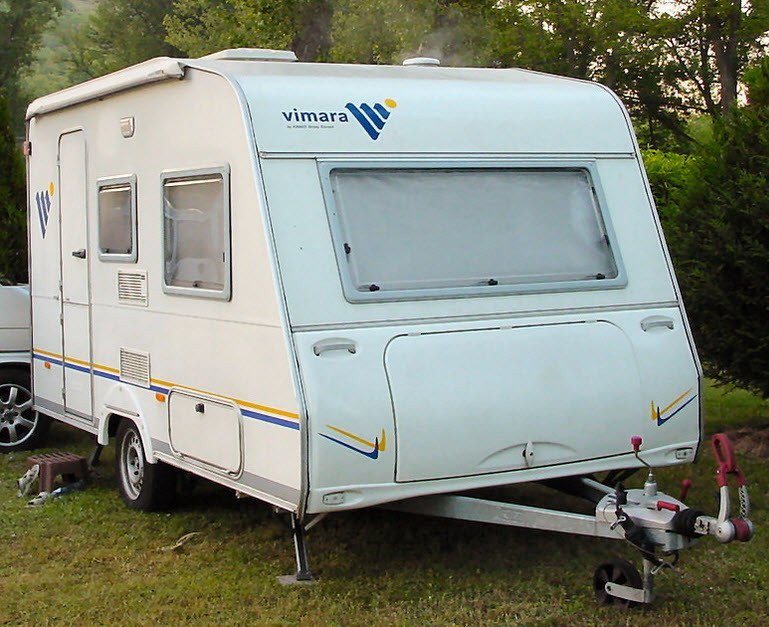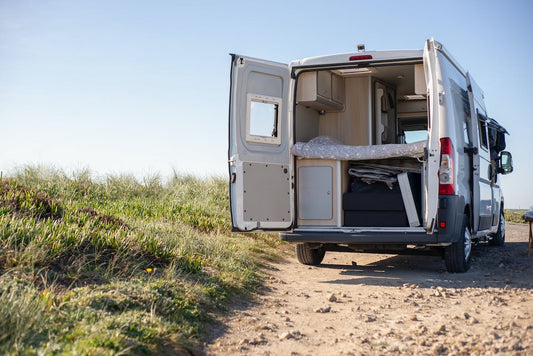
DIY Waterproofing -
Caravan Roof Bundle

CLICK HERE - Special Price for our CARAVAN BUNDLE
Everything You Need:

How To Apply?
- Prepare the roof by ensuring it's as clean as possible.
- Refer to Liquid Rubber preparation Guide. You can download it HERE.
- Detail with bandage and Liquid Rubber. (Joins, corners, overlaps, cracks, penetrations etc.)
- Apply 1 coat of Liquid Rubber. Let cure for about 24 hours.
- Apply 2 coats of Premathane Top Coat allowing to dry in between coats for 24 hours. Thin, even coverage.

About Liquid Rubber Application
Alternative to replacing your
leaking caravan roof?
This is why Liquid Rubber is the best sealant for caravans
How to use waterproof paint to seal your caravan roof




